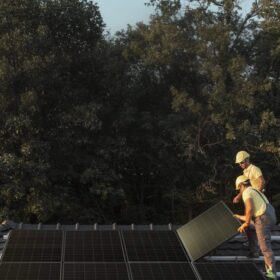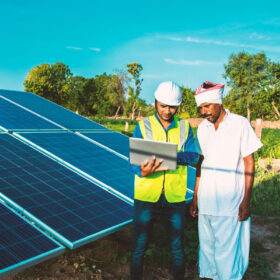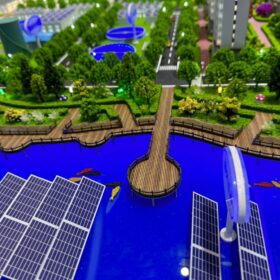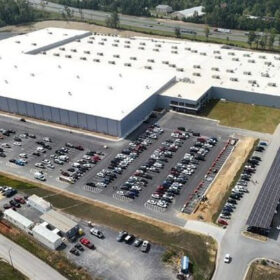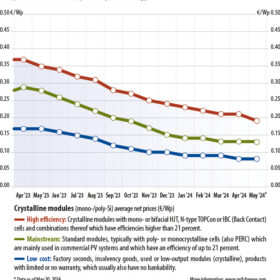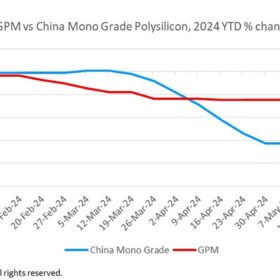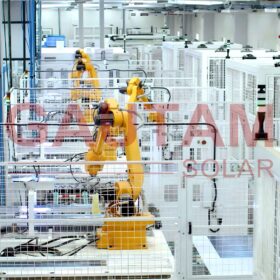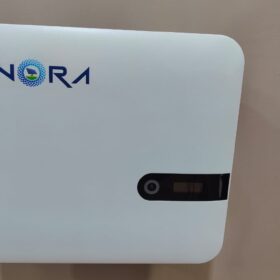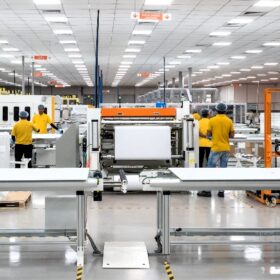Back contact solar beats mono PERC at lifetime energy generation
A new analysis finds that back contact solar shows an average lifetime energy generation increase of 16.0% over mono PERC. The paper also says back contact had an average 9.7% shorter payback time and 10.7% lower LCOE across all modelled locations.
Guide to solar development under PM-KUSUM Scheme
Achieving and maintaining a capacity utilization factor (CUF) of 19% over 25 years without deration is feasible through careful selection of high-efficiency, low-degradation solar panels, and implementing robust design, maintenance, and monitoring strategies. By following the guidelines provided in this article, developers can ensure compliance with PM-KUSUM scheme and achieve sustainable, long-term performance of their solar power plants.
IEA-PVPS releases fact sheet on environmental life cycle assessment of PV Systems
The updated IEA PVPS Task 12 Fact Sheet provides a comprehensive assessment of the environmental impacts associated with PV systems. It highlights the significant advancements made in PV technology, emphasizing improved efficiencies and reduced environmental footprints.
Understanding the evolving landscape of Corporate Sustainability Due Diligence Directive
The Corporate Sustainability Due Diligence Directive signals a new era of corporate responsibility, urging Indian businesses to embrace sustainable practices to thrive globally. This presents an opportunity to enhance competitiveness, attract global partners, and contribute to a more sustainable and resilient future.
Cultural considerations for international solar expansion
Each region has a different way of doing things, whether it’s selecting sites, managing employees, or implementing manufacturing standards. Companies looking to expand into foreign markets need to be prepared to deal with these cultural differences, says Clean Energy Associates (CEA) Vice President Mark Hagedorn.
Hydrogen power: Unlocking the next frontier in renewable energy
The hydrogen economy in India is expected to undergo vast development in the coming years owing to government support and industry funding.
Low prices for TOPCon solar panels put pressure on PERC
In May 2024, high-efficiency panels, predominantly glass-glass modules equipped with tunnel oxide passivated contact (TOPCon) cells began to converge on price with mainstream offerings, writes Martin Schachinger, of pvXchange. Production volumes for these negatively-doped, “n-type” cells and modules have been ramped up in China while the increasingly restrictive customs situation in the United States may already be having an impact. For the European market, ever-lower prices for the latest module technology would suggest that demand would continue to rise were it not for a number of disruptive factors.
Polysilicon prices stable, market concerns persist over worst-case scenario
In a new weekly update for pv magazine, OPIS, a Dow Jones company, provides a quick look at the main price trends in the global PV industry.
China’s battery price war catalyses global energy storage innovation
The plummeting costs of energy storage, driven by China’s relentless price war, are expected to catalyse more economic deployments worldwide. Lithium iron phosphate (LFP) batteries are surging in market share due to their lower costs and higher cycle life compared to nickel-based lithium-ion batteries.
Solar dimming and brightening, and PV power plant output performance
Reliable assessment of the local solar radiation resource is a major component of large-scale PV power plant project development and financing. This assessment is usually based on the assumption that the long-term average annual solar radiation from previous years is not significantly different from the expected future solar resource availability. In many areas of the globe, the solar radiation availability in 2023 was considerably higher (up to 10-12%) than the long-term average, and this might be overshadowing the fact that a large fraction of utility-scale PV power plants is undeperforming.
